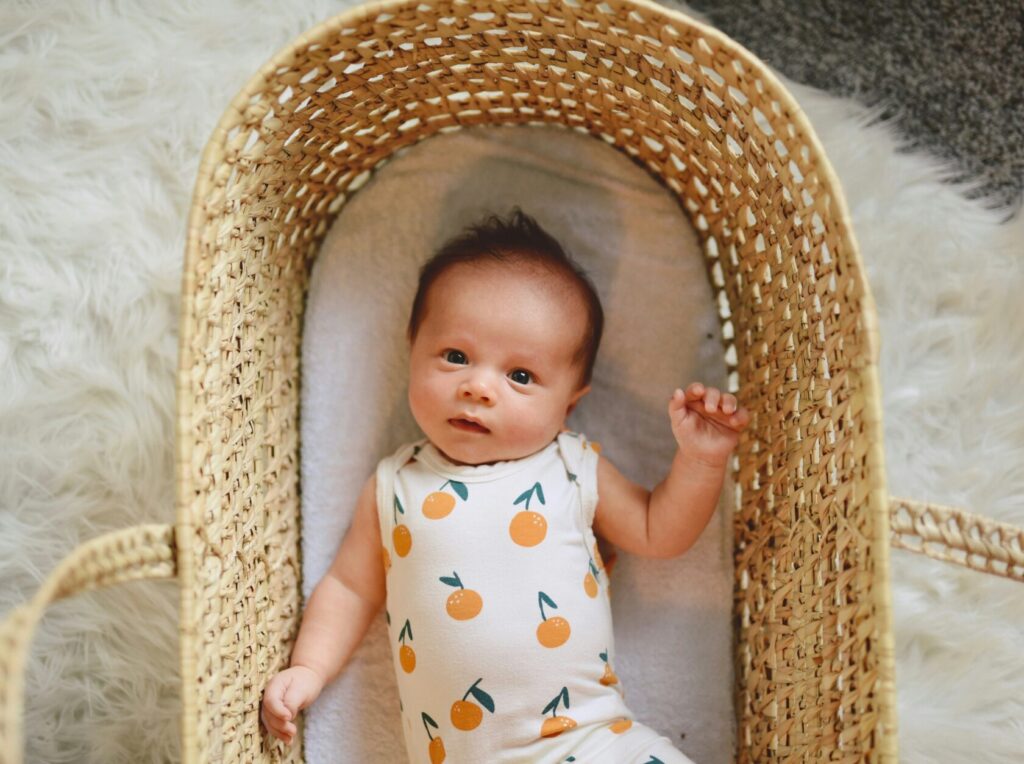
I’ve never been one to sing in the shower, yet once I became a mother I instinctively sang to my baby to calm him and soothe him. Even now with a three-year-old I feel no shame in serenading my child – and anyone within earshot – with silly (and out of tune) renditions of “Old MacDonald Had A Farm” on a long bus ride home.
Turns out that instinct is spot on, with a new study backing up what we moms have always suspected: singing reduces anxiety and feelings of pain in babies and children. The 2013 study at Great Ormond Street Hospital in England found that babies and young children experienced lower heart rates, less anxiety and felt less pain after having lullabies sung to them. Interestingly, the same benefits were not found when parents simply read to their kids instead of singing to them – the magic, it seems, is in the music.
Singing’s also good for moms, having been linked to boosting the immune system (what mom has time to get sick?), reducing stress, improving mood and strengthening the connection to their babies.
“Although there are great benefits to listening to recorded music, nothing can compare to the relationship that can be established between two beings when they come together with their own mutual sounds and creations,” says Jennifer Buchanan, music therapist and president of the Canadian Association for Music Therapy. “That’s essentially what happens when a mom is singing with a baby because it’s not just one-sided. Babies naturally respond through their physical movements and through their own sounds.”
As your baby grows into a toddler, the brain develops at a rapid rate, and so will musical experience and ability. Jennifer explains that this is the time to use more elements of music, such as harmony, but it’s also when our emotional connection to singing is growing stronger.
“There’s a greater sense of their feeling towards the music, so you are able to explore things such as feelings of happiness without talking about happy,” says Jennifer.
Jennifer offers the following tips to get you singing with your little one:
Write a personalized song for your baby
Take an existing song that is familiar to you – it could be anything from “Twinkle Twinkle” to the latest from Pink – and replace existing lyrics with new ones about your baby. Jennifer did this with each of her kids and even put the songs on their iPods before they moved out as adults.
Discover your own musical history
Talk to your parents and your grandparents about music from their past and see what you can incorporate into your own life now. Can your parents still remember what song they used to sing you to sleep?
Think family music, not just kiddie music
Musical preferences start forming before the age of two, so now’s the time to introduce your child to the music you want to be listening to in the years to come. Yup, this is permission to keep listening to ‘your’ music.
Take time for yourself
Listening to music for as little as five minutes can help shift our
mood when we are stressed. But, Jennifer says, this should be intentional listening – as in resting on the sofa with headphones on – not background music while you wash the dishes during nap time.
Create a playlist with purpose
Jennifer recommends taking some time to pull together a few songs (either to sing or to listen to) that help set the mood you are trying to achieve in a particular situation. For moments that tend to be fraught with difficulties, such as changing diapers or making dinner, try a cheerful song to create and anchor positive memories with the activity. For peaceful family dinners, try background music that encourages socializing and togetherness. Maybe its magic will even encourage any picky eaters at the table to try new foods!
If you’re feeling like your singing voice is not American Idol quality, don’t worry. “Kids don’t care what we sound like. They are just feeling your emotional connection to them and your voice is lovely to them,” says Jennifer. And parents can put another fear to rest, she says; the quality of a parent’s voice does NOT impact a child’s ability to sing on key!
Originally published in Me & Mom, 2014.


















